We’re all familiar with latitude and longitude coordinates – they’re spat out of satnavs and consumed by Google maps and we’ve come to trust that lat/long coordinates will always accurately pinpoint a location on the Earth; but what if there are circumstances in which lat/longs can’t be entirely trusted?
In cell site analysis we use lat/longs to identify the location of the cell sites used by subject phones and to indicate the geographical position of locations of interest.
The global standard for latitude/longitude coordinates is based on a system known as WGS84 (World Geographical Survey 84).
In the UK, however, we have an alternative geographical coordinates system known as OSGB, which is based on maps of Great Britain (GB) compiled by the government-owned official mapping organisation, the Ordnance Survey (OS).
OSGB coordinates are based on ‘eastings’ and ‘northings’ and essentially amount to a count of the number of metres east and north (hence the names) of a fixed point. Easting/Northing coordinates 0/0 relate to a point in English Channel to the South-West of the Isles of Scilly and the whole numbering system spreads far enough east and north from there to accommodate the whole of the UK. The standard employed for this coordinate system is known as OSGB36.
Although WGS84 (for lat/longs) and OSGB36 (for easting/northings) are measuring and mapping the same thing (e.g. the Earth), they both do it slightly differently and the reason for this is to do with evolution. Not evolution in biological terms, but in terms of the gradual improvement in the techniques and technologies available to the surveyors.
The Earth is a sphere (which I know will come as a shock to the, apparently, growing number of ‘flat earthers’ who believe the Earth is flat), but because of the rate at which it rotates, it isn’t a perfect sphere. The speed of rotation creates a slight bulge at the equator, which flattens the poles and creates an ‘oblate spheroid’.
Cartographers’ understanding of the nature of the oblateness of the terrestrial spheroid has improved over time. The OSGB36 system was developed in 1936, when the state of the art for cartographical surveying was the theodolite and the tape measure, whereas the World Geographical Survey in 1984, which gave us WGS84, was undertaken in the space age and used satellites and more modern measuring systems.
The technological differences led to there being small but significant differences between the model of the Earth used by OSGB36 and that used by WGS84, meaning that the two systems use different coordinates for the same locations. The difference is generally less than 120m or so, but when creating maps for evidential presentations, this can be hugely significant.
These differences become apparent when switching between coordinate systems (lat/long to easting/northing) and when moving between mapping applications – Google/Bing/Mapbox maps use WGS84 whereas the mapping systems provide to UK law enforcement by ESRI/Northgate are usually configured to use OSGB36.
Easting/Northing coordinates are unique to OSGB36, so WGS84 maps usually apply a correction factor when converting them to standard lat/longs, meaning that the locations will get positioned correctly on the map. Lat/longs that are created from OSGB36 without the correction factor being applied, however, will show the mapped location in the wrong place – around 100-120m away.
Looking at this from a purely UK, comms data-related perspective, this problem generally only manifests itself when dealing with certain types of comms data.
The cell address information provided by O2 and EE only includes easting/northing coordinates – so this data can be mapped in ESRI/Northgate directly and can be mapped using Google/Bing/CSAS without needing to apply the conversion factor as this is applied automatically.
Cell address information provided by Vodafone and Three needs to be handled a little more carefully, as these operators provide both easting/northing and lat/long coordinates – the lat/longs provided in these disclosures will have been calculated directly from the easting/northing values, so they can be regarded as being ‘OSGB lat/longs’ rather than ‘WGS84 lat/longs’ – if these coordinates are sent to a WGS84 map without being corrected, the locations will be shown incorrectly.
Confused? It’s not surprising!
The net effect of this is that, when mapping cell site locations from the raw CDRs, always use the OSGB coordinates (eastings, northings) as these should always map correctly. If you must use the lat/longs directly from the CDR, then they’ll work Ok in an OSGB-based map but won’t work well in a commercial WGS84 map without being converted.
Another good reason to just let CSAS do it for you…
Joe Hoy, October 2018




